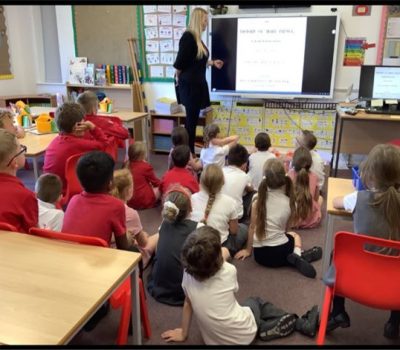
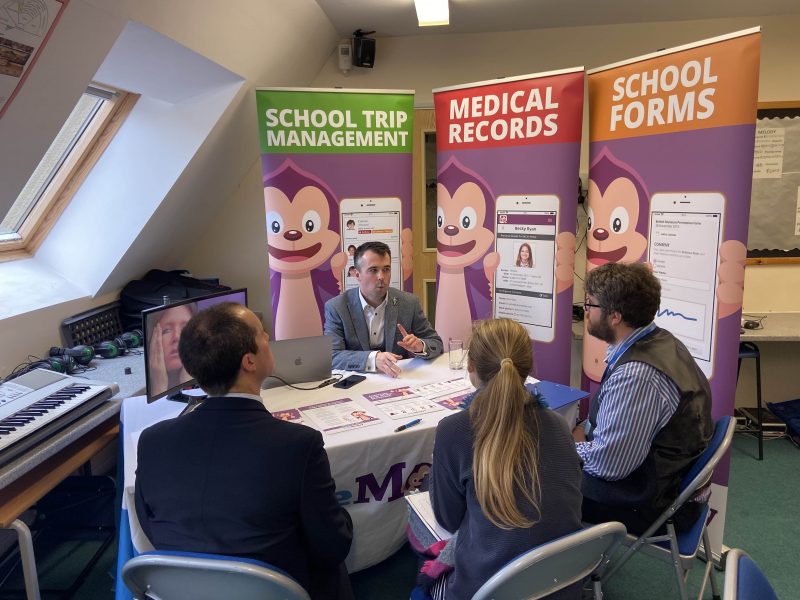

Our team sorts through all blog submissions to place them in the categories they fit the most - meaning it's never been simpler to gain advice and new knowledge for topics most important for you. This is why we have created this straight-forward guide to help you navigate our system.
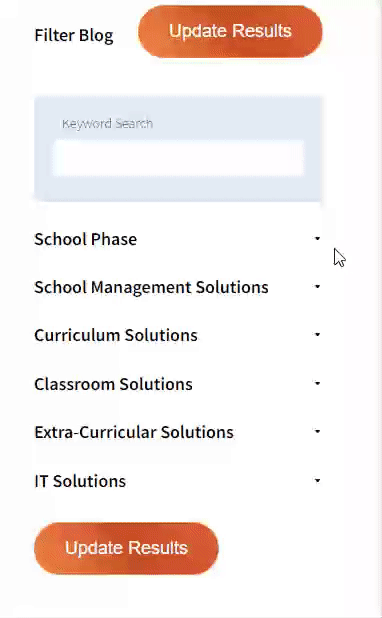

And there you have it! Now your collection of blogs are catered to your chosen topics and are ready for you to explore. Plus, if you frequently return to the same categories you can bookmark your current URL and we will save your choices on return. Happy Reading!
While not everyone is born a good communicator and collaborator, those skills can, and should, be taught.

Strong communication skills have long been touted as necessary for a successful and happy life. In recent years, collaboration skills have been added to the list of what employers are looking for in prospective employees. While not everyone is born a good communicator and collaborator, those skills can, and should, be taught.
I remember being put into groups for various class assignments. I remember counting ahead to see if I’d get to be with any of my friends. I also remember often carrying the brunt of responsibility for getting the work done on these “group” projects. There were never individual jobs expected, and no accountability outside of what the teacher witnessed as they walked around the classroom during the work time. And since I grew up before the internet, all of our group work had to be completed in class.
Sadly, these practices are still happening in many classrooms. If educators truly want to foster a student-driven learning environment, however, group projects need to change. In student-driven classrooms, students get to form their own teams, establish group norms, and organise their roles. There should always be individual accountability even when working towards a common goal. In the beginning, teacher may need to help students determine what a good team looks/acts like. Students may need help determining what group norms will help drive the best work. Soon they will be able to take on those responsibilities independently, which will increase their buy-in and lead to more authentic tasks.
The next thing to consider is the use of tools. Digital tools open up all sorts of communicating and collaborating possibilities within and beyond the classroom walls. These resources can open up the ability to tap into peers and experts outside of the school building, as well. Some of these tools may require a direct mini-lesson from the teacher, but many can be learned by watching the teacher use and model a range of methods and digital tools for communicating and collaborating. This will allow students the freedom to work purposefully without direct supervision, allowing the teacher to act as a facilitator throughout the process.
Some teachers worry about off-task behaviour during collaborative projects. There are ways to minimise this possibility. If students are invested in every stage of the project, they will be more likely to be engaged and on-task. Did they get to help design an authentic task from the beginning? Did they get to form their teams? Did they get to choose their role within the team? Did the teacher set up guides and benchmarks along the way to provide some organisational supports for the groups? Did the students help define the outcomes and create the assessment criteria? All of these steps promote student buy-in, and allows each student to be invested and successful.
The final part of any collaborative project should include a time of intentional and personal reflection. This can be developed in many different platforms, but Google forms seems to be a popular choice for its ease of use. This should be fairly short, so they can give more deeper thought to the process. They should reflect on their roles how well they, and their teammates, communicated and collaborated. They should also set an individual goal for future growth in this area.
According to a quick search, the dictionary defines them like this: ”Collaboration is the action of working with someone to produce or create something. Communication is the imparting or exchanging of information or news.” All people need to know how to collaborate in order to move a project forward, but without good communication, effective collaboration cannot happen.

The author

Read more

Read more
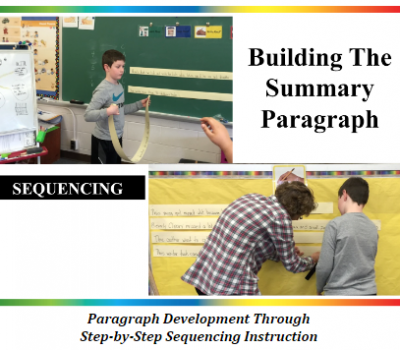
Read more

Read more

Read more
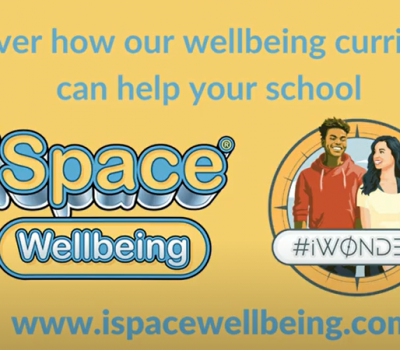
Read more
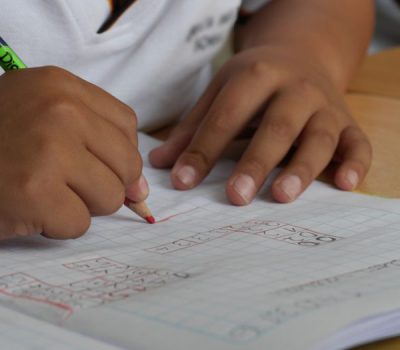
Read more

Read more
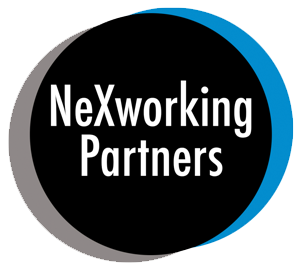

Are you looking for solutions? Let us help fund them! Nexus Education is a community of over 11,000 schools that come together to share best practise, ideas and CPD via online channels and free to attend events. Nexus also offers funding to all school groups in the UK via nexus-education.com


Established in 2011, One Education is a company at the heart of the education world, supporting over 600 schools and academies. Our unique appeal as a provider is in the breadth and synergy of the services we offer, supporting school leaders, teachers and support staff to achieve the best possible outcomes for their pupils and staff.

School Space is a social enterprise that has empowered schools for over 12 years through their profitable and hassle-free lettings services. So far, they’ve generated over £5 million in revenue for education, helping to connect over 200 schools with their local communities.


Unify is an online sales and marketing tool that allows users to create tailored personalised documents in moments.


There’s nothing special about the energy we sell. In fact, it’s exactly the same energy as all our competitors provide. But there is something special about the way we do it. Where others complicate the process, we simplify it. Where others confuse customers with hidden terms, we’re an open book. And where others do all they can to make as much money from their customers as possible, we do all we can to make as little. Everything we do, we do it differently. Our customers are a privilege. One we’ll never take advantage of.


Securus provide market-leading monitoring solutions to safeguard students on ALL devices both online and offline. We also offer a full monitoring service, where we carry out the monitoring on behalf of the school, freeing up valuable staff resources. From the smallest school to large MAT groups, Securus offers safeguarding protection for all!


Bodet Time offers dedicated solutions to education through lockdown alerts, class change systems, PA and synchronised clock systems. Improving time efficiency of the working and school day; ensuring safety through lockdown alerts; increasing communication with customised broadcast alerts.


Robotical makes Marty the Robot - a walking, dancing coding robot that makes programming fun and engaging for learners as young as 5. Our robots come with a full Learning Platform that has complete teaching resources, to make lesson planning a breeze.